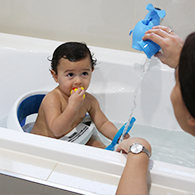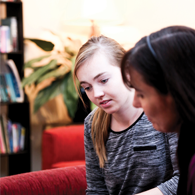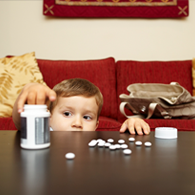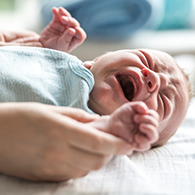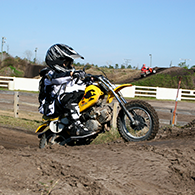Choking first-aid
Choking happens when an object or some fluid blocks the airway. A child may choke on or inhale food or small items. Items smaller than a 20-cent piece can choke a child aged less than 3 years. Examples of potential dangers include:
- Raw, hard fruit and vegetable pieces

- Circular foods such as grapes and cherry tomatoes which have not been cut or have been cut sideways instead of lengthways
- Large pieces of meat, bones or sausage skins
- Popcorn, nuts, hard lollies and corn chips
- Small magnets and batteries
- Coins, beads, marbles and small uninflated balloons
- Broken toys and smaller toys
As a child’s airway is not yet fully developed, children are unable to cough up items stuck in the airway. A child may cough, gag or become unresponsive as a result of choking.
- If you see a child swallowing an object or suspect they have, what you do will depend on if your child has an effective cough or an ineffective cough.
- If your baby or child has an effective cough, encourage them to cough, while keeping them calm, as this may help the object come out. A child with an effective cough has a loud cough and is still able to cry, talk and breathe.
- If your baby or child has an ineffective cough (harsh noise when breathing in or having trouble breathing) and are conscious, call Triple Zero (000) for an ambulance. Start giving up to 5 back blows and chest thrusts. Chest thrusts are given in the same way as chest compressions during CPR but at a slower rate of 1 per second.
If at any time your baby or child becomes unconscious, call Triple Zero (000) for an ambulance and begin CPR.
Further information is available at the following links.
- Use the Choke Check Tool at Product Safety Australia to help you identify hazards for your child
- Learn how to help a choking baby or child by completing a FREE online module at cprtrainingforparents
- Read our choking factsheet

